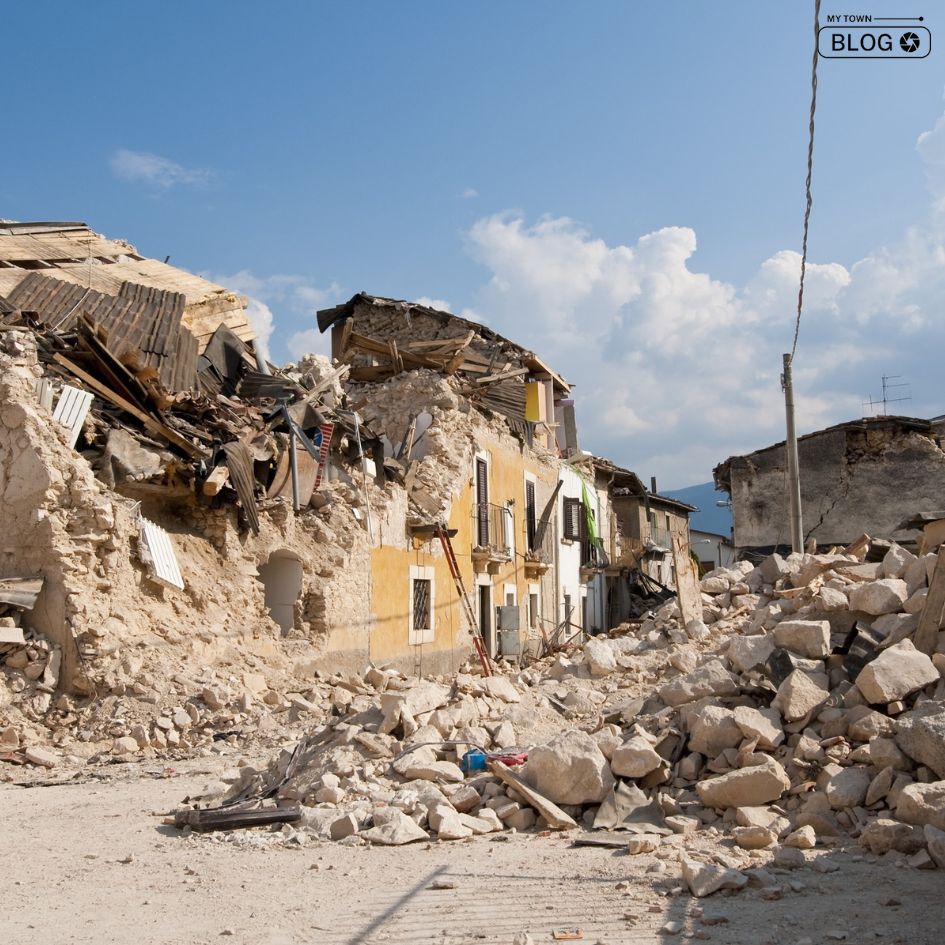The earthquake in Nepal, with its epicentre at a significant 6.2 magnitude, marks a sobering reminder of the unpredictable forces of nature. As the earth trembled, buildings swayed, and the ground shook, it prompted people to react swiftly to ensure their safety. Beyond the immediate impact, the incident also ignited conversations and shared experiences on social media platforms, highlighting the interconnectedness of our digital age. In the following sections, we will explore the timeline of events, the responses they triggered, and the resilience displayed by the affected communities as they navigated through this seismic episode.
Originating Earthquake Epicentre in Nepal
On Tuesday afternoon, the ground beneath Delhi-NCR and various parts of North India shook as tremors from a substantial earthquake originating in Nepal were felt across the region. The National Centre for Seismology promptly confirmed the earthquake’s source.
Magnitude 6.2 earthquake strikes Nepal
The seismic event, registering at a magnitude of 6.2 on the Richter Scale, had its epicenter in Nepal, precisely at 2:51 pm on that fateful Tuesday, as reported by the National Centre for Seismology.
Panic and evacuations
In response to the tremors’ intensity, a sense of panic ensued as people hurriedly vacated their office buildings in different areas of North India. The earthquake’s impact was palpable, leading to immediate safety measures being taken by residents.
Social Media Echoes with Experiences
In the age of social media, netizens from Delhi-NCR and neighbouring regions took to various platforms to recount their experiences. Many shared that the tremors were prolonged, lasting nearly ten seconds, amplifying the sense of unease.
Conclusion
One concerned user stated that they had experienced one of the most powerful earthquakes in Nepal, a sentiment that many shared. As news of the earthquake spread through the digital realm, people collectively directed their thoughts and hopes toward the epicenter, uniting in their shared wish for minimal casualties.
FAQs
What was the epicentre of the earthquake?
The earthquake’s epicentre was located in Nepal, but the specific location may vary depending on the data source. It was centred within Nepal’s geographical boundaries.
Did anyone report casualties?
Information about casualties and damage caused by the earthquake may vary and change over time. Local authorities and emergency services would have assessed the situation and provided assistance.
What safety precautions should people take during and after an earthquake?
During an earthquake, it’s important to “drop, cover, and hold on.” After the shaking stops, people should be cautious of aftershocks, check for injuries, and follow evacuation plans if necessary. Preparedness, such as having an emergency kit, is also crucial.
How far did the tremors of the earthquake reach?
The earthquake’s impact affected not only Nepal but also neighboring regions, particularly North India, where people felt tremors.
What measures does Nepal have in place for earthquake preparedness and response?
Nepal, given its seismic vulnerability, has been working on earthquake preparedness and response plans. This includes building earthquake-resistant infrastructure, conducting drills, and creating awareness campaigns to educate the public about earthquake safety.
What are aftershocks, and how long do they typically last after a major earthquake?
Aftershocks are smaller earthquakes that follow a major earthquake. They can last for days, weeks, or even months after the initial quake. Some may be strong enough to cause further damage, so it’s important to remain vigilant during this period.








